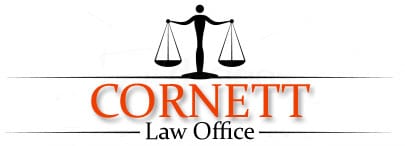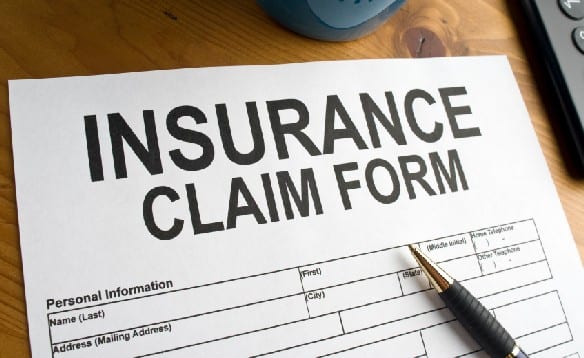Insurance fraud occurs most often when an insured individual or entity makes a false or exaggerated insurance claim, seeking compensation for injuries or losses that were not actually suffered. Insurance fraud can also be committed upon customers, through 1) the sale of unlicensed or bogus insurance coverage to unsuspecting clients, or 2) an insurance broker or agent’s diversion or theft of insurance premiums paid by clients.
Definition of Insurance Fraud
Insurance fraud refers to any duplicitous act performed with the intent to obtain an improper payment from an insurer. Insurance fraud is committed by individuals from all walks of life. Law enforcement officials have prosecuted doctors, lawyers, chiropractors, car salesmen, insurance agents and people in positions of trust. Anyone who seeks to benefit from insurance through making inflated or false claims of loss or injury can be prosecuted.
The pervasiveness of insurance fraud drives up costs for all consumers and costs the insurance industry billions of dollars each year. One authority estimates that the annual value of insurance fraud approaches $80 billion. Detecting insurance fraud is difficult because of the surreptitious nature by which the criminal perpetrates the fraud.
Depending on the specific issues involved, an alleged wrongful act may be handled as an administrative action or law enforcement may handle it as a criminal matter.
Types of Insurance Fraud
Police and prosecutors typically refer to an insurance fraud scheme as either “hard fraud” or “soft fraud.”
• Hard Fraud: Someone deliberately fakes an accident, injury, theft, arson or other loss to collect money illegally from insurance companies. Crooks often act alone, but increasingly, organized crime rings stage large schemes to steal millions of dollars.
• Soft Fraud: Normally honest people often tell “little white lies” to their insurance company for the purposes of filing or maximizing a claim. Many people think it’s just harmless fudging. But soft fraud is a crime, and raises everyone’s insurance costs.

